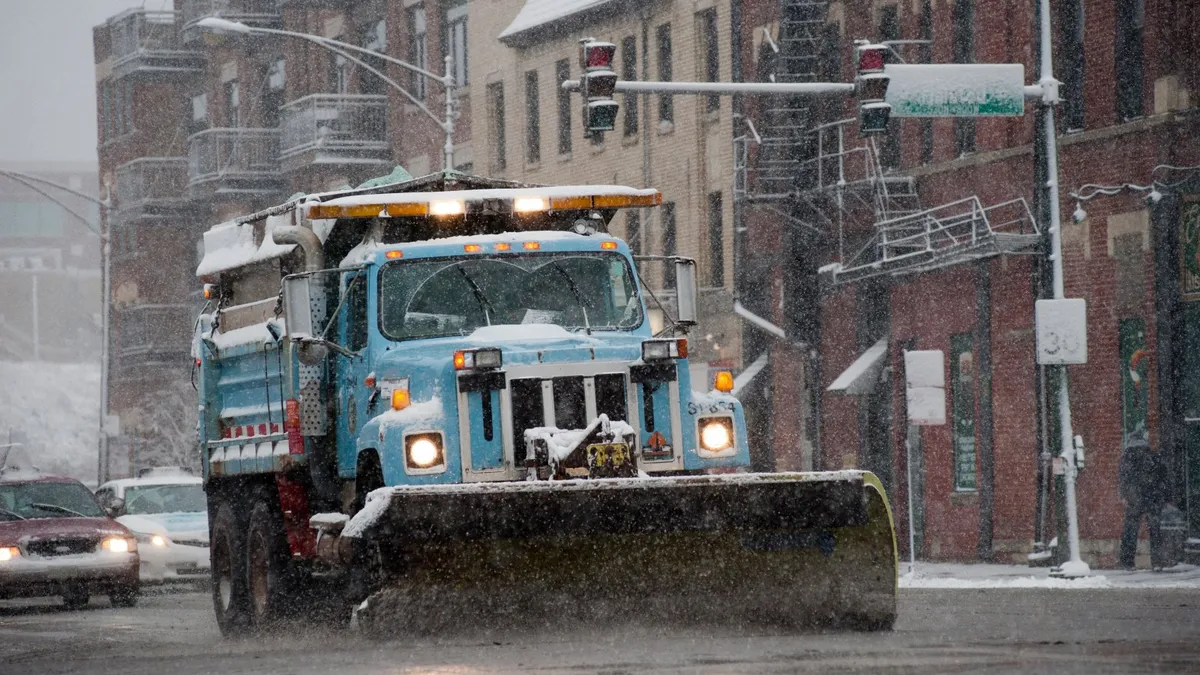Dive Brief:
- The economic impact of winter storm Jayden is thought to be less than $1 billion, according to an estimate by the analytics firm Planalytics, provided to Supply Chain Dive.
- At only a couple days in length, the winter storm was relatively short. Another polar vortex in 2014 wasn't as cold but lasted closer to a week and resulted in about $5 billion in lost economic activity, according to Scott Bernhardt, the president of Planalytics.
- Knowing these numbers is important for people handling replenishment of supply in the areas affected by the weather, Bernhardt explained. "The weather should not be an excuse, but it can be a reason," he told Supply Chain Dive in an interview.
Dive Insight:
Planalytics calculates its estimate by looking at transaction-level information and accounting for things like promotional activity to isolate the impact of the winter weather on sales, Bernhardt said.
The polar vortex led to temperatures plunging well-below zero. It was minus 49 degrees near Rugby, North Dakota, last Wednesday and minus 20 degrees in Des Moines, Iowa, according to The Weather Channel.
When this happens, people are less likely to go outside and less likely to make purchases. Big ticket investments — like buying a car or a house — planned on these days will likely still happen and weren't included in the $1 billion calculation.
It's the smaller purchases that won't make their way back into the economy. If someone decided not to buy lunch due to the weather, then they're not going to buy two the next day to make up for it, Bernhardt said.
Some trends highlighted in this storm were an uptick in diaper purchases before the storm and a dip in the number of cigarettes being sold, he said.
The storm also interrupted service for package delivery and freight last week. The U.S. Postal Service, UPS and FedEx all issued service alerts for large parts of the Midwest, but these have now been lifted.
Understanding the weather and associated risks can be an important benefit to companies. Those that understand the weather patterns in the location of their suppliers face less risk and tend to be more resilient, according to The Wall Street Journal.















